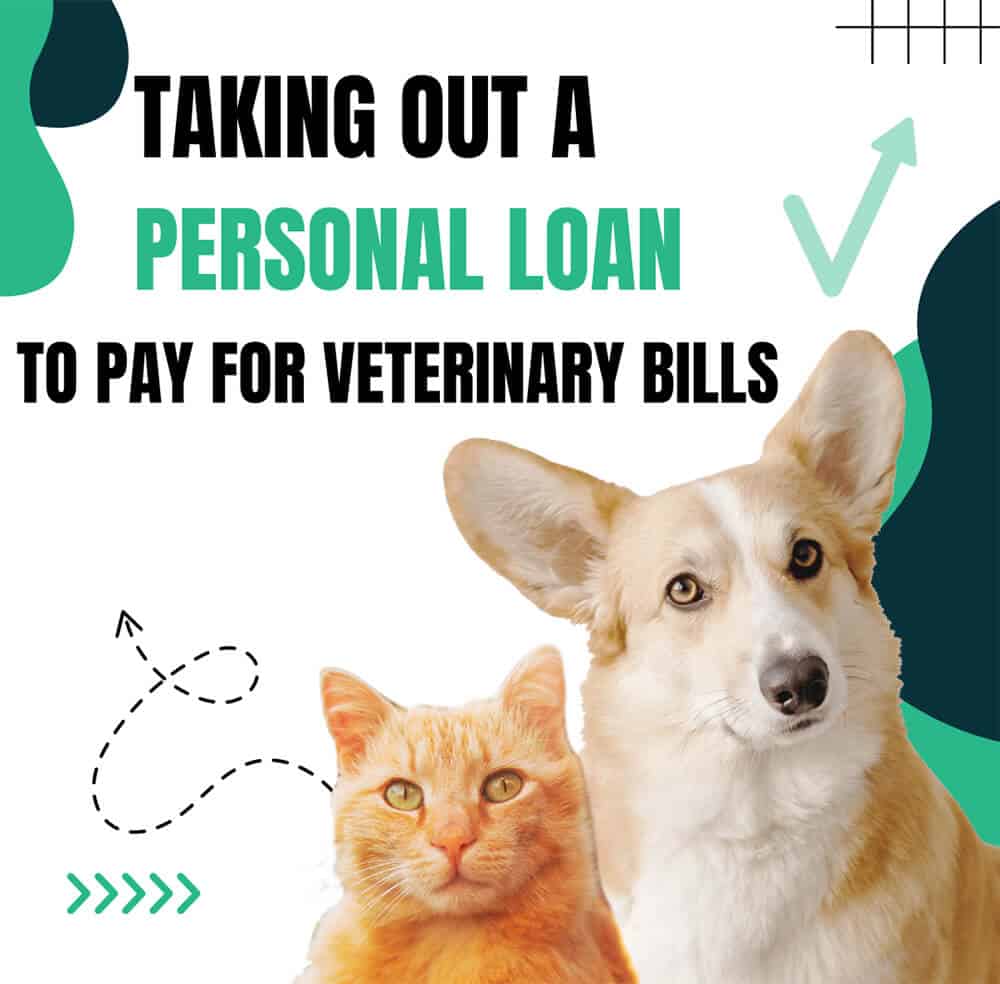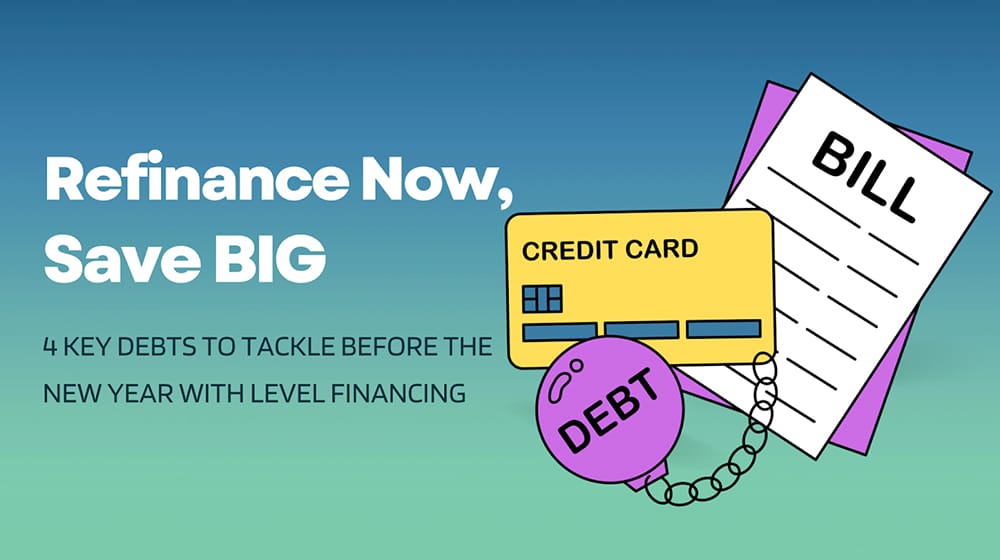In addition to being emotionally draining, dealing with your beloved pet’s health issues is not only emotionally draining but can also present significant financial challenges. Veterinary care can quickly become expensive, especially when it comes to serious conditions.
Therefore, in these situations, it’s crucial to explore all available options to manage these costs effectively. One such option is taking out a personal loan, which can provide a lifeline by covering immediate veterinary expenses, allowing you to focus on the recovery of your pet without the added stress of financial constraints.
Understanding the ins and outs of personal loans, including interest rates and repayment terms, is essential before making a decision.
Understanding Personal Loans
A personal loan is a sum of money borrowed from a financial institution, credit union, or online lender that can be used for any purpose, including urgent veterinary care.
It comes with an interest rate, which is the cost of borrowing the money and varies based on your creditworthiness. Repayment terms specify the duration over which the loan must be repaid, typically ranging from one to seven years.
Personal loans can be either secured, requiring collateral (like a car or house), which the lender can claim if you default, or unsecured, which doesn’t require collateral but may have higher interest rates due to the increased risk to the lender.
This flexibility makes personal loans a viable option for managing sudden veterinary expenses, allowing pet owners to ensure their pets receive necessary treatment without immediate financial hardship.
Key Takeaway: Personal loans are a type of loan that can be used for various purposes, including paying for veterinary bills. They come with interest rates and repayment terms, making them a flexible option for managing unexpected expenses.

When to Consider a Personal Loan
Considering a personal loan becomes a viable strategy for pet owners facing scenarios that demand prompt, substantial financial output, such as emergency surgeries, acute illness treatments, or the purchase of costly medications.
Situations that may lead to long-term medical care, including chronic conditions like diabetes or cancer, can also cumulate significant expenses over time, making the upfront financial relief of a personal loan appealing. This financing option is particularly interesting when insurance is not present, or when the pet’s policy does not fully cover the required treatments.
Ultimately, the decision to secure a loan rests on the necessity to provide immediate, potentially life-saving care without the immediate financial burden.
Key Takeaway: When pet owners are faced with significant veterinary expenses that cannot be covered comfortably by other means, a personal loan can provide the necessary financial relief to ensure prompt and essential treatment for their pets.
Pros and Cons of Using Personal Loans
Pros:
- Quick access to funds ensures immediate care for your pet without financial delay.
- Flexibility in using the loan for various treatments allows for optimal health decisions without cost restrictions.
Cons:
- Personal loans may have high interest rates, particularly for those with lower credit scores, increasing the total repayment amount.
- Taking out a loan affects your credit score and future borrowing capacity.
- Essential to consider long-term financial implications versus the immediate benefit of fund access.
How to Apply for a Personal Loan
Applying for a personal loan involves a few key steps. Begin by comparing lenders to find the best interest rates and terms suited to your financial situation.
Online lenders like Level provide personal loans at competitive rates and without a complicated application process.
Essential documents for the application include proof of income (like pay stubs), identification, and proof of residence. To make sure you secure the best possible rates, improve your credit score by paying down existing debt and avoiding new credit inquiries.
Lastly, read the terms carefully before agreeing to ensure the loan is manageable within your budget. Following these steps can streamline the process, making it easier to obtain a personal loan for urgent veterinary care.
Key Takeaway: Applying for a personal loan involves comparing lenders, gathering necessary documents, and improving your credit score. Taking these actions can increase the chances of securing better rates for managing veterinary expenses.
Other financing options
- Pet Insurance: Covers both routine and unexpected veterinary visits.
- Veterinary Payment Plans: Offer installment payments for veterinary expenses.
- Healthcare Credit Cards: Provide immediate funds for healthcare needs, including vet visits.
- Financial Assistance Programs: Offered by animal welfare organizations to support pet owners in need.
Each option has its benefits and considerations. The right choice depends on the pet’s health needs, the owner’s financial situation, and the urgency of the required care.
Preparing for Repayment
When taking out a personal loan, planning for repayment is a critical step. It’s essential to create a detailed budget that incorporates the expected monthly loan payments, ensuring you have a clear understanding of your financial obligations.
This proactive approach allows you to adjust your spending and saving habits beforehand to accommodate the additional expense, guaranteeing timely repayments without straining other financial commitments.
You should keep in mind that late or missed payments can incur additional fees and negatively impact your credit score, complicating your financial situation further. Therefore, a well-thought-out budget is not just about planning for today but securing your financial stability for tomorrow.
Key Takeaway: Planning for repayment is crucial when taking out a personal loan. Creating a budget that incorporates the monthly payments ensures timely repayments without straining other financial commitments. This proactive approach promotes financial stability and avoids additional fees and credit score setbacks.
Read More: Quick Guide on Paying Back in Personal Loan
Conclusion
In conclusion, personal loans offer a crucial option for pet owners needing to manage urgent veterinary expenses. They provide immediate financial relief, enabling timely care for pets without the added burden of upfront costs.
However, it’s vital for borrowers to consider their financial situation carefully, weighing the pros and cons, including potential high interest rates and the impact on their credit score. Before proceeding, it’s recommended to explore all financing options, such as pet insurance or veterinary payment plans.




